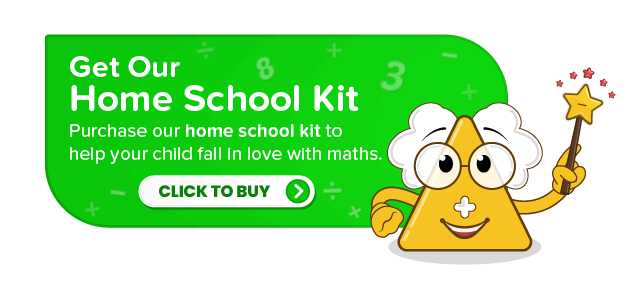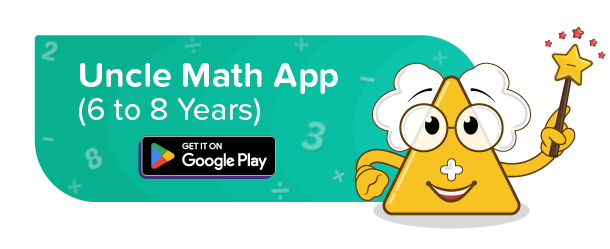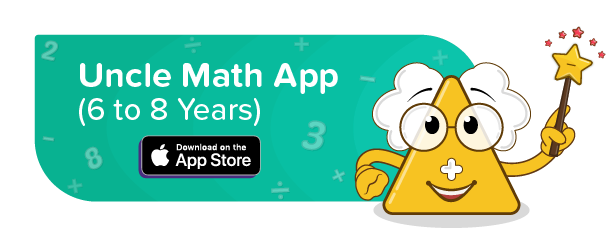Fractions
Fractions are one of those concepts that kids find challenging. But in reality, it is not. It just depends on the way it is taught. Let us understand the concept well today.
What is a fraction?
Fractions are used to represent smaller equal pieces (or parts) of a whole.
Or
Fraction is an equal part of a whole.
The parts might make up one thing, or more than one thing. Either way, all together, they make up what’s called a whole. A fraction consists of:
- A numerator and denominator.
- The numerator in a fraction indicates the parts selected and the denominator indicates the total parts of the whole.
Eg: 1/4 is a fraction where 1 is the numerator and 4 is the denominator indicating 1 part is selected of total of 4 parts.
Fractions on the number line:
How we plot numbers on the number line, similarly we can plot fractions on a number line too.
Let’s take a number line:
Let us divide this line into 2 equal parts, then this middle point becomes 1/2:
Let us divide the number line into 8 equal parts, then each part becomes ⅛
We must note that, 0/8 = 0 here and 8/8 = 1.
Types of fractions:
- Unit fractions: Fractions in which the numerator is 1 are known as unit fractions. For example, 1/4, 1/7, 1/9, and so on.
- Equivalent fractions: Equivalent fractions are the fractions that have different numerators and denominators but are equal to the same value. Some examples of equivalent fractions are ½, 2/4, 3/6, and 4/8.
- Proper fraction: A fraction, where the numerator is smaller than the denominator, is called a proper fraction. All the proper fractions are always less than 1.
- Improper fractions: Fractions where the numerator is greater than the denominator are called improper fractions. All the improper fractions are greater than 1.
- Mixed fractions: A mixed fraction is always the sum of the whole number and a proper fraction. All mixed fractions are greater than 1. eg: 3 1/2
- Like fractions and Unlike fractions: Fractions with the same denominator are called like fractions. Eg: 1/4, 2/4, 5/4. Fractions with different denominators are called, unlike fractions. Eg: ½, ¾, 5/6
Most common errors children make:
- Not focussing on fractions as equal parts of a whole.
- Unable to differentiate between numerator and denominator
- Confusion between different fractions
- Wrongly plotting fractions on a number line. Eg: Count the lines (that indicate parts) than actually counting the space between the parts. This leads to an extra count.
Teaching tips:
- Always explain with an example and non-example
- Use visuals and objects to make connections
- Give time for practice
Different ways of teaching fractions:
Teaching through stories:
Teaching through activities:
- Paper strips folding:
- Cut some paper strips of equal lengths.
- Fold the first strip in half.
- Fold the second strip into quarters.
- Fold the third strip into sixths.
- Fold the fourth strip into eights.
- Finally, fold a strip into twelfths.
- Now make students label parts on each strip.
- Next, let them place the first strip on the second and so on. This will make them understand that ½ is equal to two quarters, three sixths, four eighths, and six twelfths.
- Legos: Make kids make their own fraction models using legos.
Teahching through games:
- Fraction connect four: Connect four is one of the most common games kids play. Let’s add a small twist to it. Label the coins of connect four with fractions. The idea here is to not just match colours but also fractions. For eg: one needs two 1/2s in a row, three 1/3s in a row etc.
- Fraction Dance:
Each student will need one piece of newspaper. Students place the piece of newspaper out as a ‘whole piece’. The teacher plays some fun dancing music so that the students can dance along on their piece of newspaper. When the music stops, the students must pick up their piece of paper and fold it in half. They then start dancing on half of the newspaper. Again, the music stops and they fold the piece of paper so that they are dancing on only one quarter. Finally, they fold the newspaper so that they are only dancing on one-eighth of the paper. Activity kids will love doing! They can then unfold their piece of paper to see the folds in the paper. A great discussion can take place after this game about the different fractions they created during this activity.




